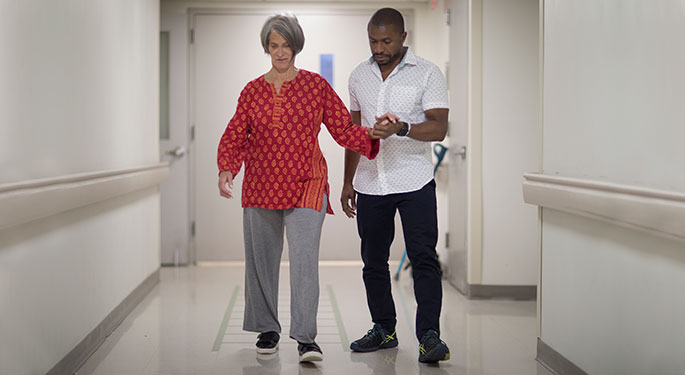One common method used in physiotherapy is rehabilitative activity. This includes targeted actions and activities that help strengthen muscles, improve flexibility, and boost endurance. For example, a patient rehabilitating from knee operation may perform workouts that focus on rebuilding power in the leg muscle groups. These activities are carefully selected based on the individual’s status and goals. By gradually boosting the difficulty and challenges of the activities, physical practitioners can assist patients regain their power and movement over time.

Another important technique is hands-on treatment, which includes physical approaches to manipulate the human body soft muscles and joints. This can involve flexibility exercises, joint movement, and massage. Hands-on therapy aims to relieve pain, reduce swelling, and enhance circulation. For example, a therapist may use light pressure to relieve tension in stiff muscle groups or to assist a articulation function more freely. This method is often combined with other treatments to enhance recovery and promote healing. Clients often find hands-on therapy to be a relaxing and beneficial way to control their pain.
In furthermore to workouts and manual treatment, education plays a vital role in physiotherapy. Practitioners teach clients about their conditions and how to handle them effectively. This may entail guidance on correct posture, physical mechanics, and strategies to prevent future injuries. For example, a practitioner might show a client you could try here how to lift weighty objects properly to prevent straining their back. By empowering clients with understanding, physical practitioners help them assume an engaged role in their rehabilitation and encourage sustained wellness and fitness.
Finally, technological advancements is increasingly being incorporated into physical practices. Devices such as ultrasound, electrical stimulation, and immersive environments can improve traditional treatment methods. These tools can help alleviate discomfort, promote healing, and provide interactive ways for patients to participate in their recovery. For example, immersive environments can create engaging environments for clients to rehearse movements in a controlled and protected setting. As technology continues to develop, it offers promising possibilities for improving rehabilitation outcomes in physiotherapy.
In conclusion, physical includes a variety of methods that function together to support recovery and healing. Through rehabilitative exercises, manual treatment, patient instruction, and the use of technology, physiotherapy therapists provide holistic care customized to each individual’s requirements. This holistic approach not only assists clients regain their bodily abilities but also empowers them to sustain their health in the long-term future. As more individuals recognize the benefits of physiotherapy, it continues to serve a crucial part in the journey toward enhanced health and fitness.